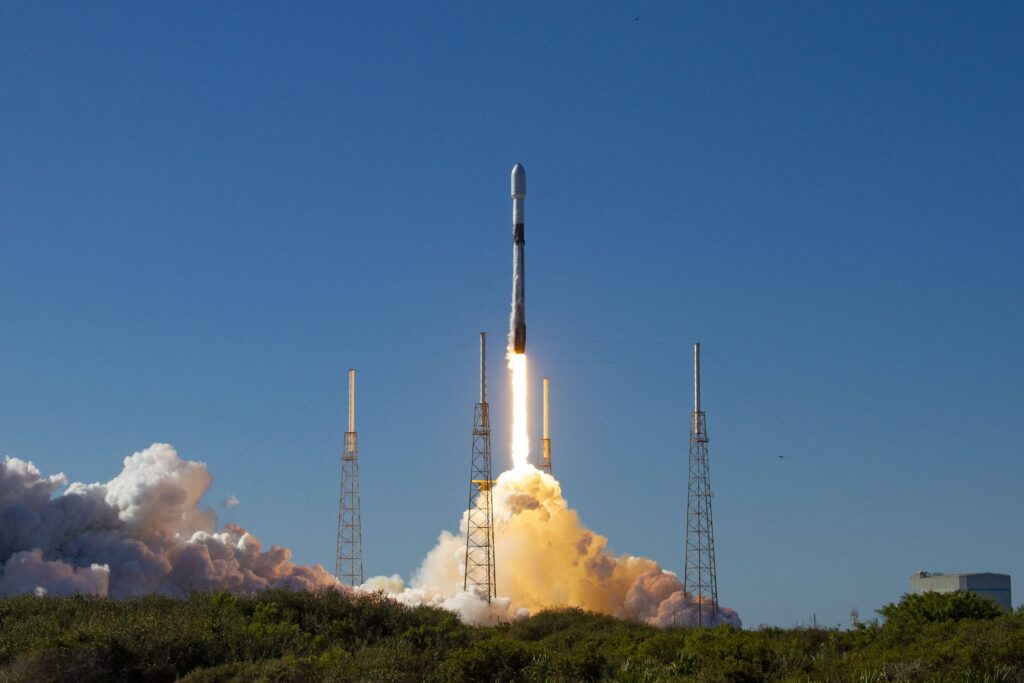SpaceX’s Falcon 9 has completed its third SmallSat Rideshare Program mission dubbed ‘Transporter-3’.
The mission was launched on January 13, 2022 at 10:25 a.m. EST, from Space Launch Complex 40 at Cape Canaveral Space Force Station in Florida. The landing took place at Cape Canaveral Space Force Station.
In a statement, SpaceX revealed that this was the 10th launch and landing of the Falcon 9 stage booster, which has also powered the Crew Demo-2, ANASIS-II, CRS-21, Transporter-1, and five Starlink missions.
10th landing of this Falcon 9 first stage booster pic.twitter.com/6HmNAdU7NY
— SpaceX (@SpaceX) January 13, 2022
However, an interesting aspect of the Transporter-3 mission was the payload carried on board Elon Musk’s reusable rocket.
The Falcon 9 transported 105 commercial and government spacecraft into orbit, consisting of CubeSats, microsats, PocketQubes and orbital transfer vehicles.
Included in the payload were three South African-built nanosatellites hitching a ride to space.
The satellites were built and developed at the Africa Space Innovation Center of the Cape Peninsula University of Technology and are part of the MDASat-1 constellation. The full constellation will consist of nine CubeSats and will aid South African authorities to monitor and identify vessels in South Africa’s coastal waters as well as combat illegal maritime operations.
According to reports from Business Insider Africa, the South African government’s Department of Science and Innovation allocated R27 million towards the research and development of MDASat-1.
Professor David Faho, Vice-Chancellor of the Institute for Research, Technology and Innovation at the university described the event as “a huge leap forward in terms of South Africa’s ability to participate in the space sector”.
Falcon 9 launches 105 spacecraft to orbit and lands at Landing Zone 1 pic.twitter.com/JapUxU6oMU
— SpaceX (@SpaceX) January 13, 2022
SpaceX’s Rideshare Program operates launches every four months, allowing smaller satellite operators to piggyback payloads on its rockets, which carry larger primary loads.
So far, SpaceX has launched three rideshare missions, named Transporter-1, Transporter-2 and Transporter-3, carrying 143, 85, and 105 spacecraft into orbit respectively.
Reports indicate that the university paid $260,000 to secure a spot on the Falcon 9.

